|
While archiving and storing my works, something I like to keep on top of, I get to see some of my older works again and came to think of them as book cover illustrations. I love books and their covers .... if they suck me in, if they invite me to pick up a book and leaf through it .... I feel that some of my works might be quite inviting as book covers, like these I posted below?
Hello World, a project organised during the pandemic by TransCultural Exchange is having an event in Boston this weekend. 'The Female,' one of my paintings of The Anatomy Lesson body of work is included in the projection. The event is dedicated to the artists from Ukraine who are included in this project and all of the Ukrainian people suffering from the war.
I got a request from a high school student to write a bit more on my ‘The Anatomy Lesson Triptych, panel 3’. As an artist I love the viewer to make their own associations and have them allow their own questions to rise as their eye moves across the canvas. That would be my default artist answer. But I’ve also taught high school students (math and science) and I also wrote student essays and I rarely get to see what viewers of my artwork think or notice, let alone it’d be the subject matter of an essay. Wow! *Basically I’d like to cultivate my image for being a generous, approachable feminist artist-woman. It’s a win-win ;)
So, I don’t mind answering in a #tbt blogpost and share on IG. That maybe might get more comments from other viewers for her to use? Cool idea? Here’s a non exhaustive list of my own thoughts and themes that came up for me as I did my research and while I did the work on that piece. Important turn of phrases being ‘as I did…,’ and ‘while…’ -The inspiration that sparked the idea of making the work is, as I describe on my site in the anatomy lesson viewing room, the cover of the anatomy book written in 1543 by Andreas Vesalius, an anatomy student and teacher at my Alma Mater, the KULeuven. I always loved etchings illustrations of the figure in such old books, it’s how I first started to draw, and I started to read about his work and how he found the bodies to section etc. I wrote a bit on that also somewhere on here. -And then there is the feminist in me who was shocked that anatomical knowledge about the human body historically got based on the male body. That made me decide to address this incomplete way women’s bodies were approached in science, due to traditional, religious beliefs, preconceptions or stereotyping, often serving to legitimise women’s ‘inferior’ social status leaving women vulnerable in health issues. Aspects which today continue to have their effects on how women’s health issues are approached in medicine. -The woman body in the piece is directly taken from an illustration from that anatomy book. In it Vesalius discusses the female reproductive system and uses the same terminology as for the male organs. Back then they believed the female sexual organs to be the same as the male’s ‘turned outside-in, towards the inside of the body’, *putting it somewhat simplistically. That illustration shows the torso of a woman, no head, no arms, no legs. And that has a rich interpretational value when you take it out of the medical handbook’s context. Are women denied agency, are they allowed to have arms and hands? Are women allowed the same passage rights into the public sphere? Do they have legs? And who decides in a patriarchal society? (*consider that a rhetorical question) -As I start working on the painting, I start getting associations myself, not sure about what comes first though, the act of painting or maybe the thoughts are already present somewhere hidden in the folds of my mind as I design the composition … Not sure that today high school students are old enough to remember Boxing Helena, a 1993 movie in which a surgeon becomes obsessed with a woman (Twin Peaks’ Sherilyn Fenn) he once was in an affair with. Refusing to accept that she has moved on, he amputates her limbs and holds her captive. In other words, she is reduced to a torso… -It felt important to me to have the woman figure painted larger and looking back at the male figures who come to (male gaze) view and study the ‘anatomical model’. -I placed the whole composition into the universe, as I also did in panel 1 where I left the aula ceiling open revealing a starry sky. What’s that about? It wasn’t preconceived, it happened intuitively, would be an answer… bodies are made of starry dust? Dust specks in an infinite universe, limited and finite surely.… Also to me the cyclical pattern of the disk the scene is placed on, the placement in an infinite universe has spiritual connotations: in the Ancient European Prehistoric context, women were seen as the bearers of life. They were the givers of life and mourners of life gone by, in a cyclical conception of time. The Venus figurines (Willendorf) testify of that. These are just some of MY personal associations, and they surely are colored by my context and life history as a Western European woman. I hope that's helpful .. I have an essay published in the WEAD artists Magazine Issue 12 'Taking Action,' titled 'Shaping a feminist Painting Practice,' together with some other great women artists!
I'm going back to my roots, painting 'the body, nothing else.' I've always been fascinated with the way the body stands, moves, 'speaks,' 'expresses' different emotional states. I'm starting these miniature studies of a woman dancer's body in motion, and will search ways to bring the duration of the movement into the work vs the painting as a container of time in which the choreography of movement is usually stilled.
I'm using video stills of dancers, performers like Valeska Gert and the clay torsos I made for the anatomy lesson body of work I did last year as models. I'm also getting the catalog of 'Danser Brut,' a show in BOZAR. Later I'll be able to get a large sized painting with multiple figures in a 'choreography' of protest of sorts, a theme in brooding on for a while now. These miniature studies are research for my next series, which is only gradually taking form in my mind. I'm thinking of doing a series of women 'movements'. There's no shortage of material, historical and current. There's the stories of the Trojan women mulling in the back of my mind, the French Revolution 'poissardes'. There's the Polish women protesting the new abortion laws, the women who are protesting the Belarusian presidency of Loekasjenko, the metoo movement, the women's march, 'ni una menos' in Mexico. For a starting point, I worked on a painting I made as the women were marching on Washington in 2017. I reworked it a couple of weeks ago, trying to make it more painterly and less activist posterlike illustrative and disconnect it somewhat to that specific movement at that specific moment in time but rather capture women's movements, women who take to the street to protest to claim their rights. I like the way it hangs next to my monochromatic painting 'pre existing condition,' as I want to bring those painting styles together in trying to capture the movement, the choreography of the figures protesting. Preparing, to see how the literature on choreography can inform my painting practice, I'm also reading 'Choreographies of Protest,' by Susan Leigh Foster and Susan Foellmer's article 'Choreography as a medium of protest.'
Yesterday was Throwback Thursday and World Cancer Day. So I decided to post my post-cancer paintings on my socials. I had 2 cancer trajectories, 6 months apart, thyroid and breast. When I kind of recovered, I geared my art practice towards working through the pains, both physical and mental, at first heavily inspired by Frida Kahlo (who else?). In 2011 I even curated a group show in St.Petersburg Florida with 2 other women artists who'd gone through cancer for which I got local TV coverage. The blog is still up painting2cancers.blogspot.com Here are some highlights.
For my Belgian Lockdown 2.0 Diary -all pages are documented in a reel on instagram- I used the title page of anatomist Vesalius 1543 textbook De Humani Corporis Fabrica, the book that inspired my latest body of work The Anatomy Lesson which I finished last month in 2020 ..... at least, that's what I thought, because the diary page I made gives me another idea for a large painting that I might include in it. Here's the image. Imagine it, 5 panels making up the total image? Yes, I think I can! I think even have a soundtrack for the project now, 'Anatomy Lesson', from the 1995 William Parker album 'The Listeners.' Funnily enough, even the album cover quite fits my project visuals, don't you think?I finished my body of work The Anatomy Lesson and I am developing new ideas to work on next year. In the meantime I'm doing finger exercises, making small sized landscapes, memories from my travels, in the real world and in my inner world. They help me to loosen my brush stroke, to smear my oils across the canvas as I explore new ways to paint. Here's the first small piece, with Pre Existing Condition to show the scale, they'll all be 18 by 24cm. It's a transitional project, until I'm ready to start painting on a new body of social commentary artwork in 2021.
Last time I wrote about how in the Pre Existing Condition Diptych 'figures' my focus is on the woman's womb, emphasising the swirly, flowery - ha! O'Keeffe - look of the grey shapes against the background.
Meanwhile I took an online course 'HERstory of Art,' in which we learned more about the many palaeolithic Venus figurines that were found all across Europe and beyond. I already posted about the figurines when I talked about the clay figures I made as part of The Anatomy Lesson body of work. Mostly, they are described as depictions of women, displaying the same body shape with the widest point at the abdomen and the female reproductive organs exaggerated. Oftentimes other details, such as the head and limbs, are neglected or absent which leads the figure to be abstracted to the point of simplicity. The heads are often of relatively small size and devoid of detail. Some may represent pregnant women, while others show no indication of pregnancy. There is also an more analytic study of the figurines as diamondlike structures, showing how much these figurines are in fact almost 'one and the same', considered mostly as a symbol of the cycles of nature, fertility, birth, and women as the bearers of life therein. That schematic study totally resonates with the construction of my diptych, emphasis on womb, full belly, women as bearers of life, the diamond structure translates in flower structure in my paintings. I suddenly felt totally immersed in and connected to my primal roots in that ancient palaeolithic European, matriarchal (aka egalitarian) culture. And I felt completely comforted. Apparently Gustave Courbet's well known 1866 painting was meant to be viewed in a private setting of cigar smoking friends (my fantasy), considering the highly erotic subject matter. Only later, in 1995 it found its way into the Musée d' Orsay on view for the public. Theorists use it as an example to discern between 'nude' and 'naked' in art and the painting has also been the object of feminist interpretation, response, critique. There's the Deborah de Robertis 'Mirroir de l'Origine' series and 'L'Origine de la Guerre,' by Orlan. There's the activist-artist group Guerrilla Girls' poster campaign in 1984 aimed at New York’s Metropolitan Museum - 'Do women have to be naked to get into the Met. Museum?' - denouncing the amount of male-produced female nudes that were in the museum, as well as the museum’s role in continuing art’s gender disparity. In The Anatomy Lesson, I also play with the title of Courbet's painting. I use it to title my clay stamps, as they turned out to resemble the world map, and in the monochromatic 'Pre Existing Condition' diptych. I'm looking forward to how the two panels will look together once finished as mirrored companions. By its design I'm addressing the multiformity of the/a? female naked body, deconstructing it as shapes and shadows, making abstraction from the color of flesh, kaleidoscopically, a challenge of 'the (male) gaze'. My focus is on the woman's womb, I emphasise the swirly, flowery - ha! O'Keeffe - look of the grey shapes against the background. It's from that depth that the spiral shoots out, not from the vagina, with that stance challenging Courbet's 'L'Origine du Monde.' After all, all of us as fertilized eggs must attach to the lining of the uterus and not all fertilized eggs successfully implant. And even if they succesfully attach, they can be lost. With my diptych I'll complete the large sized paintings in my body of work 'The Anatomy Lesson' and finish the project this year. It's a feminist art project (as long as male artists are referred to as 'artists' and female artists as 'women artists,' I'll be making feminist art, just saying). The project is based on the 16th century textbook by Andreas Vesalius and focusses on the way women's bodies were and are still seen in art and science. I hope to release the works next year or mount an exhibit with them.
|
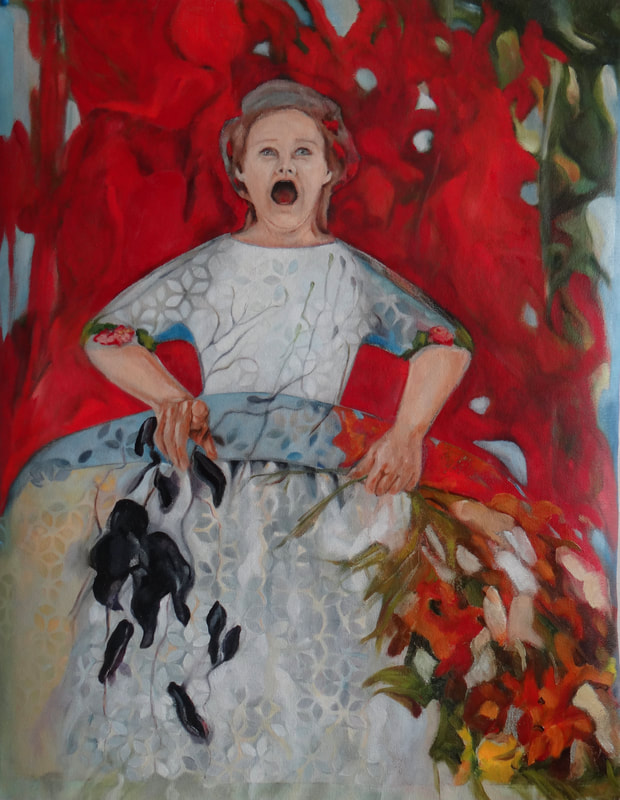
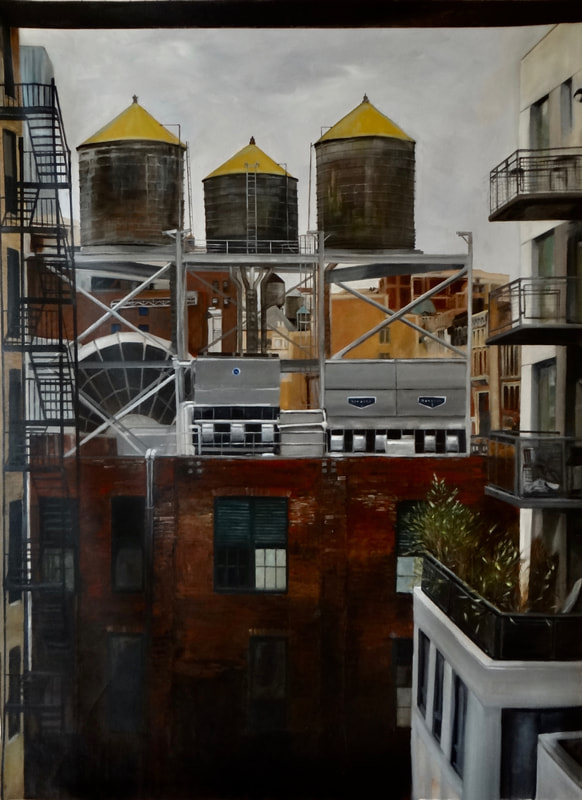
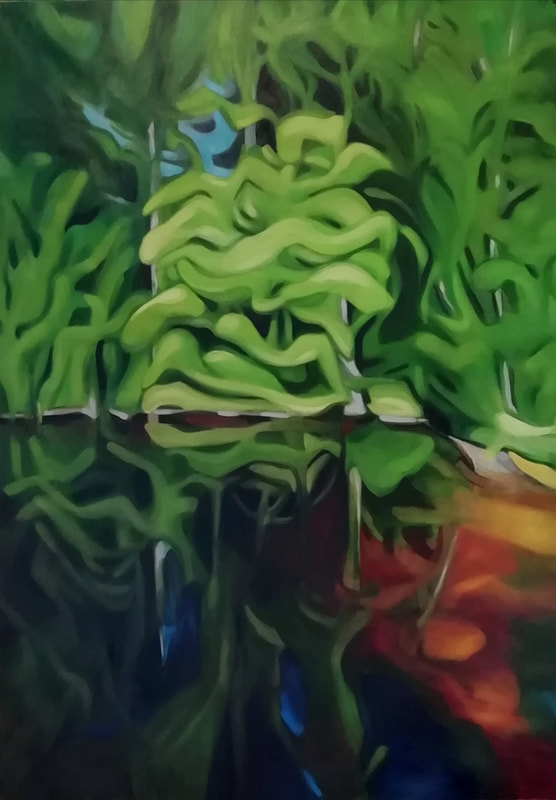
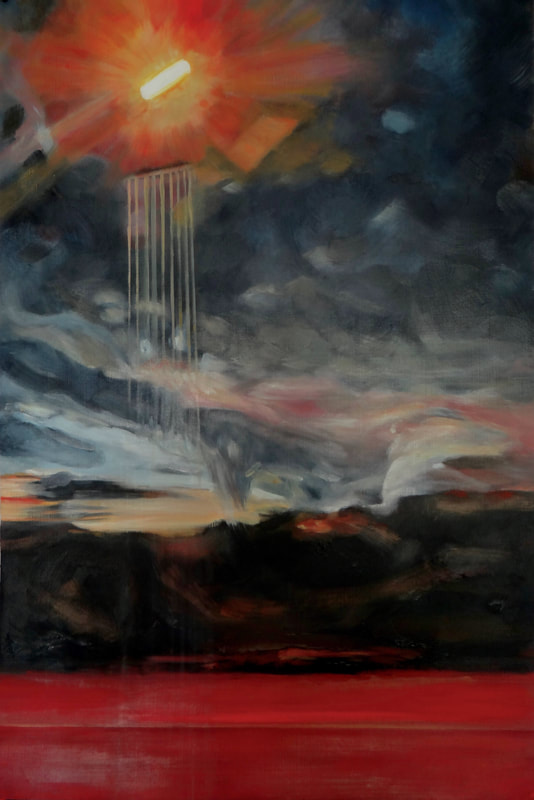
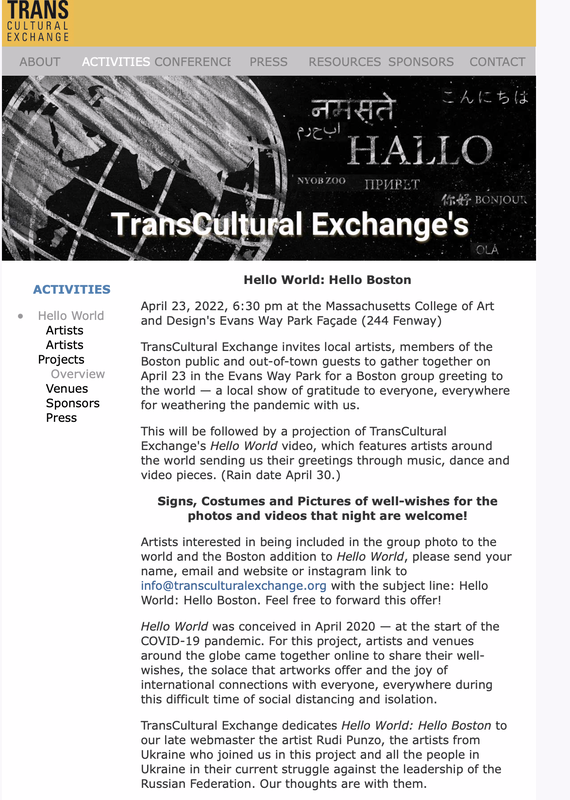
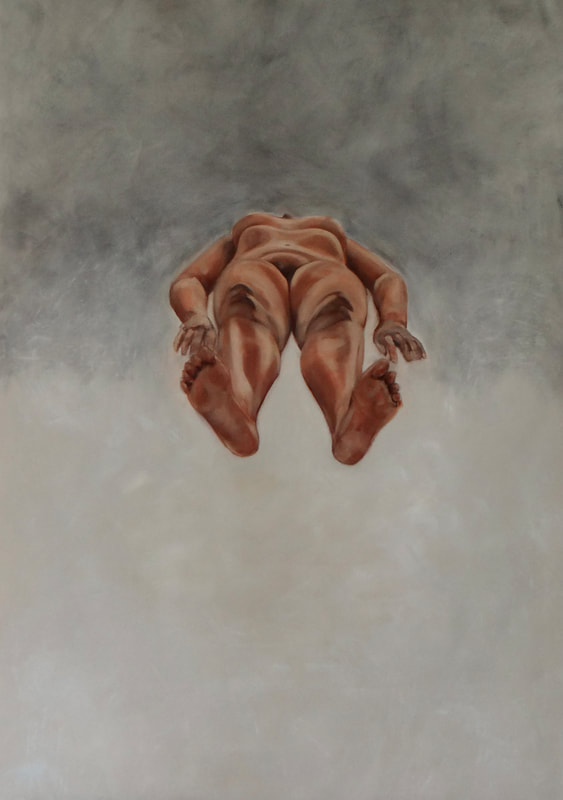
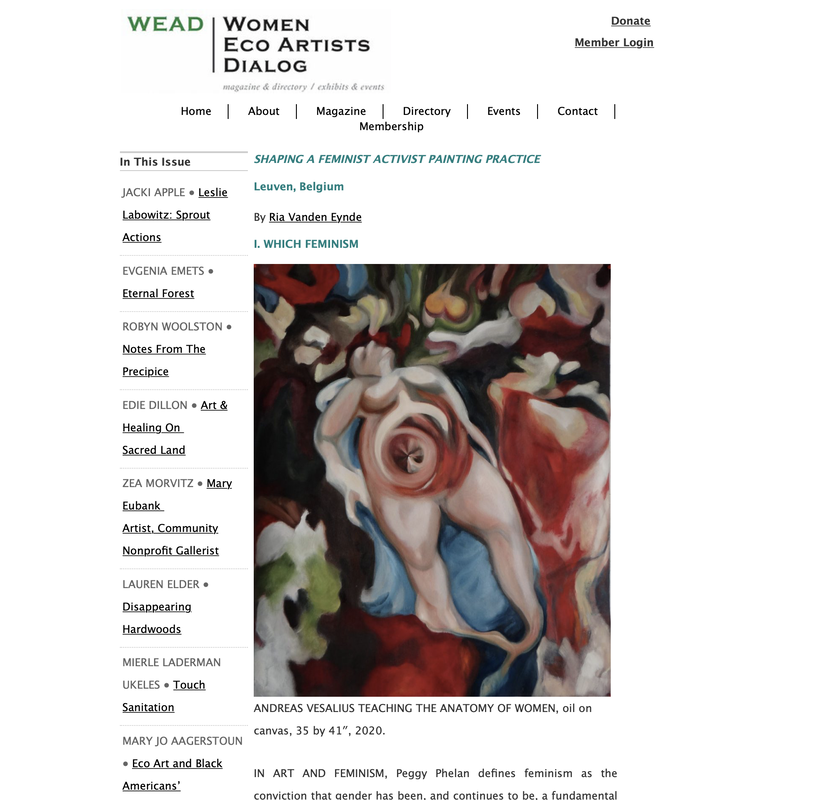
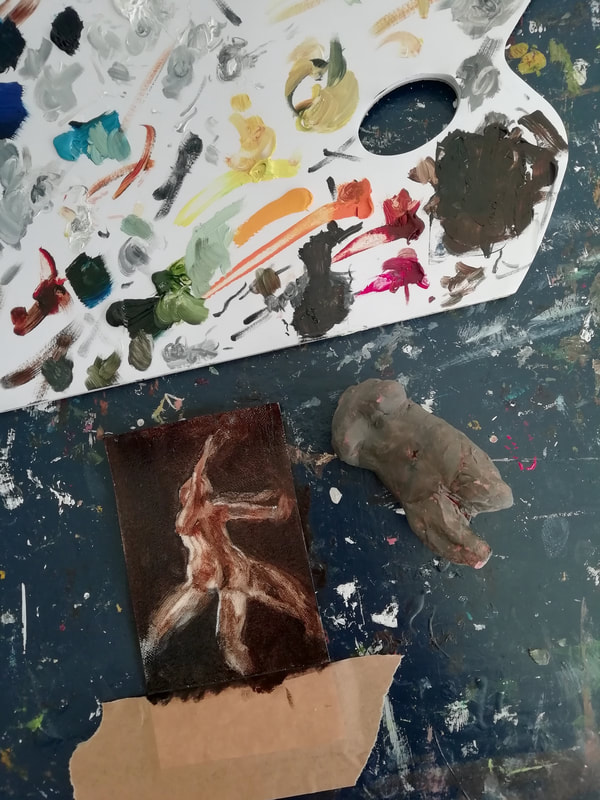
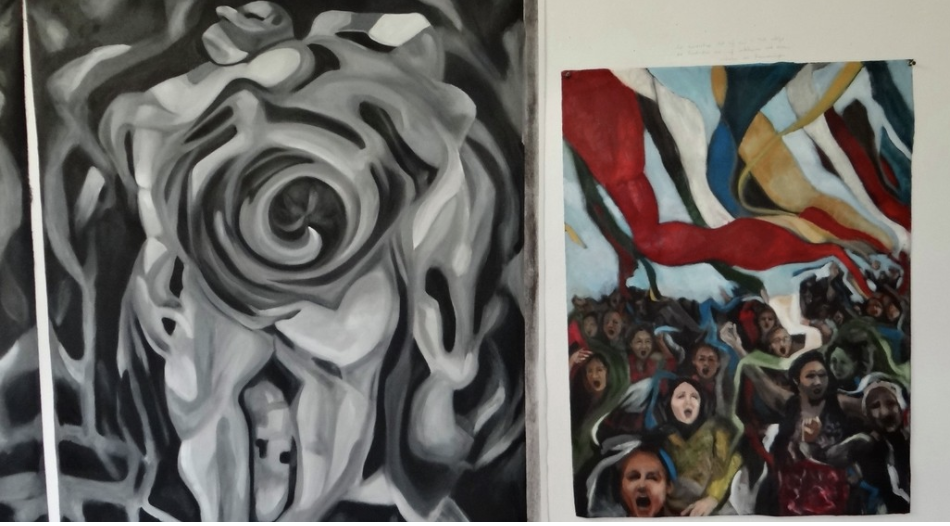
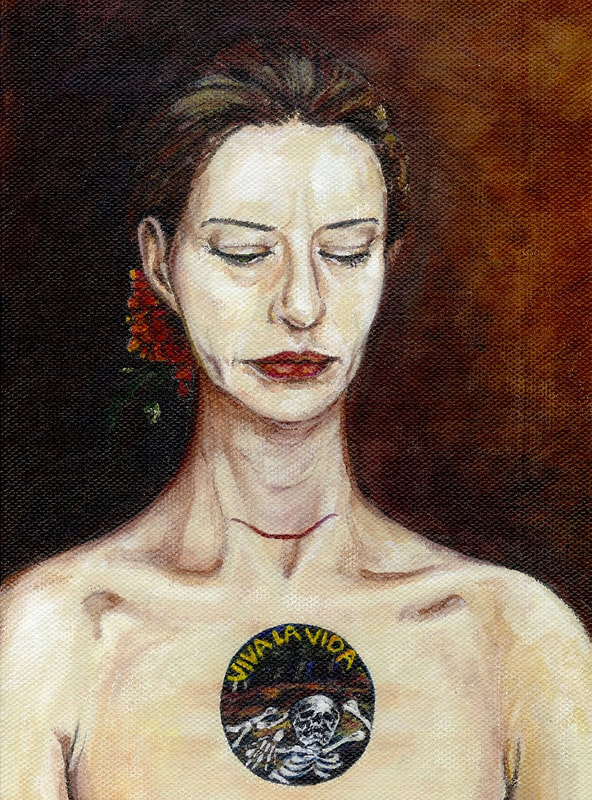
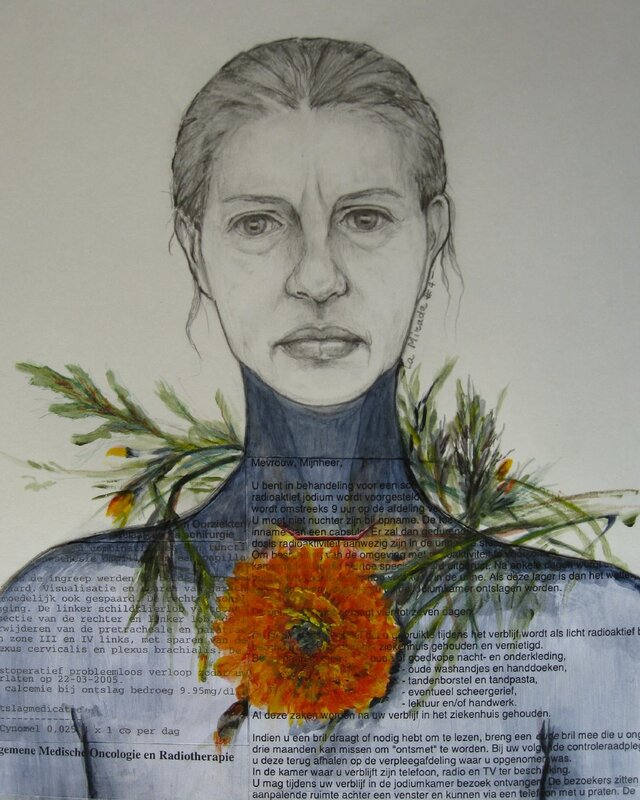
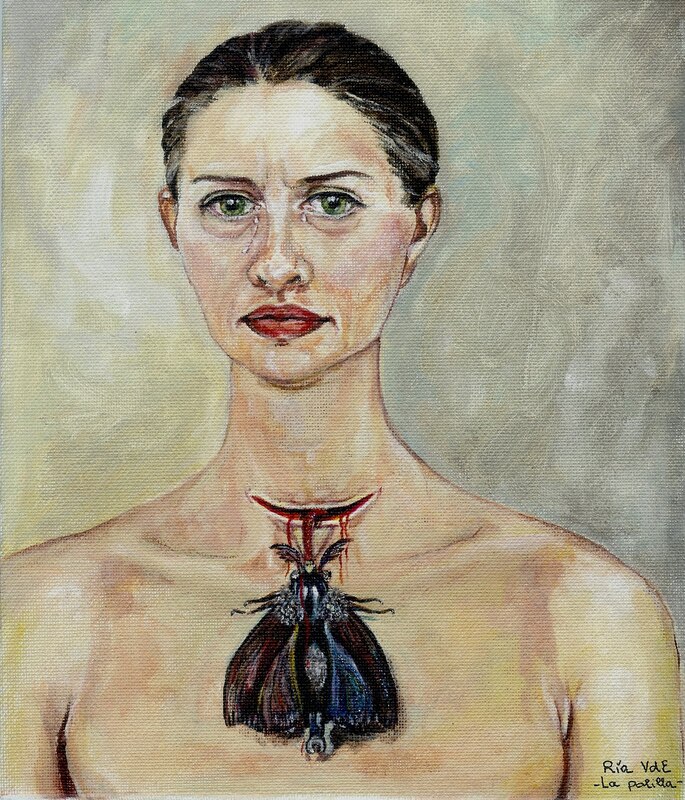
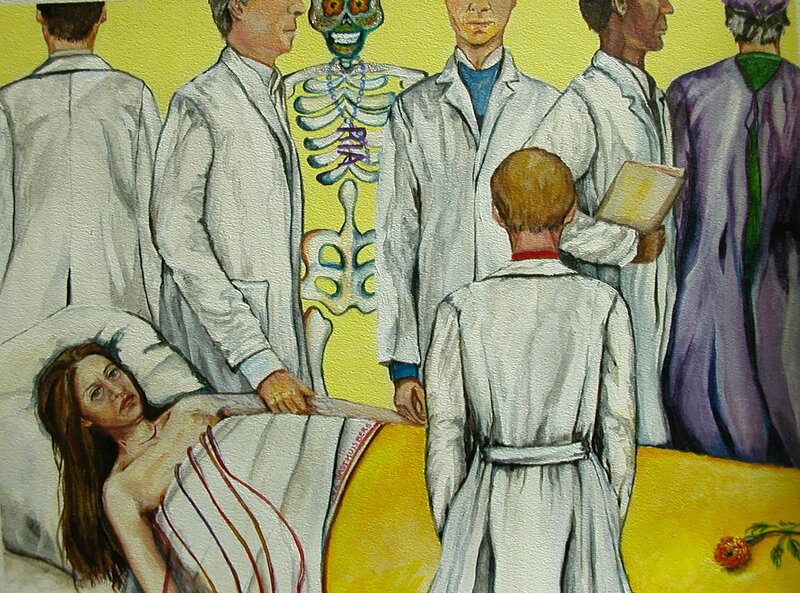
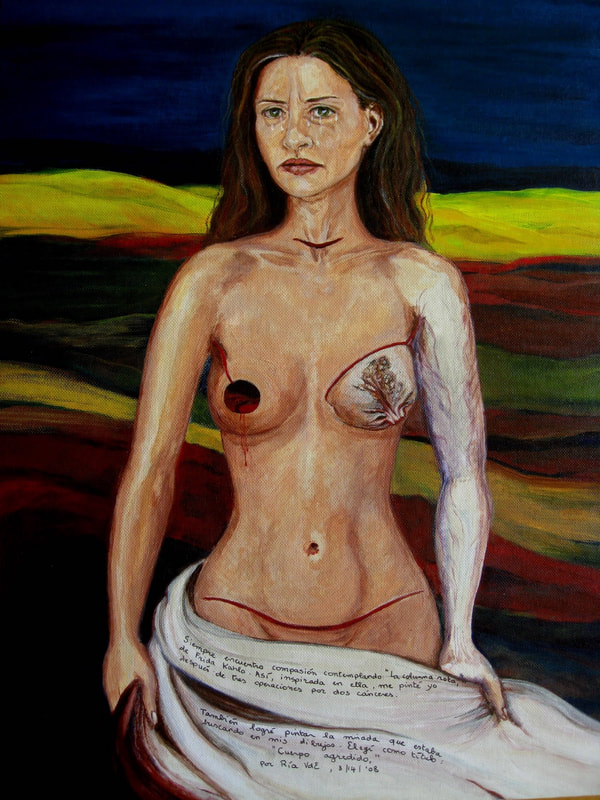
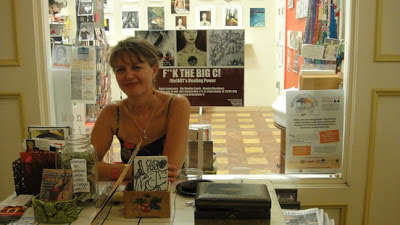
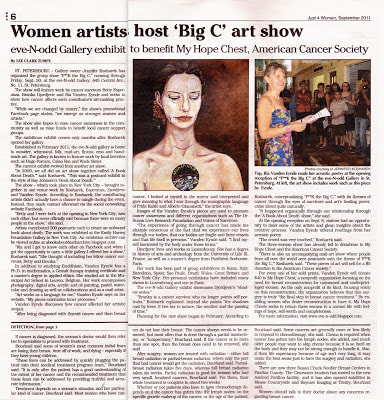
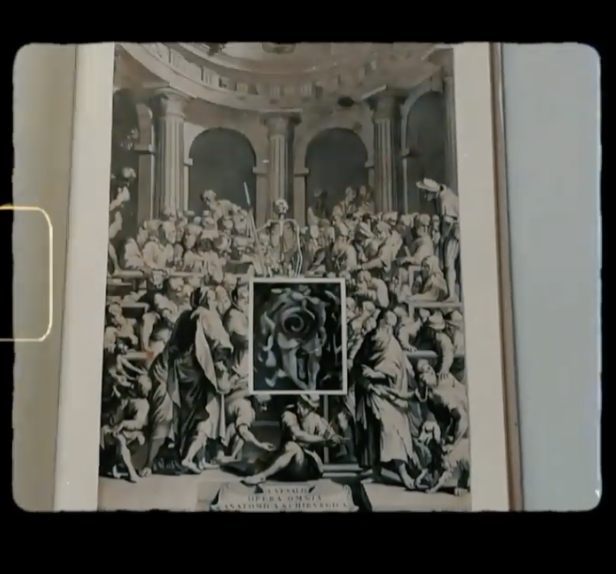
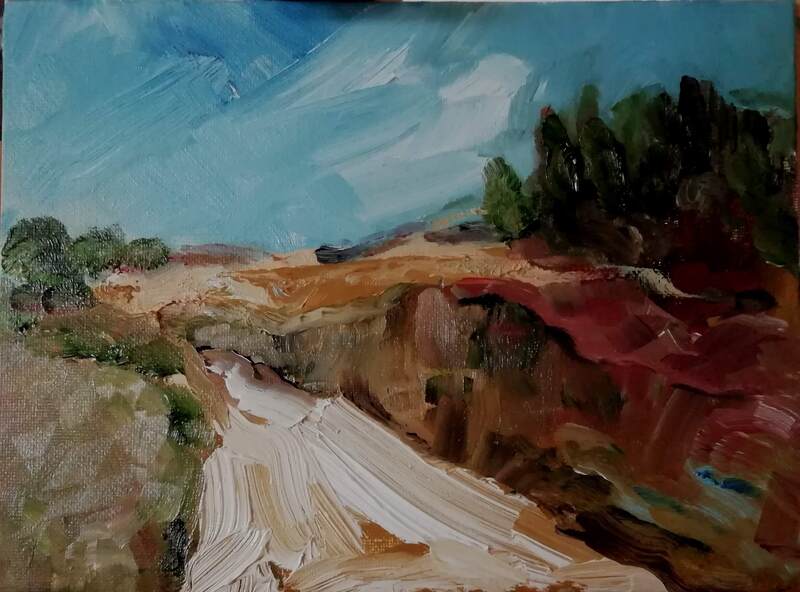
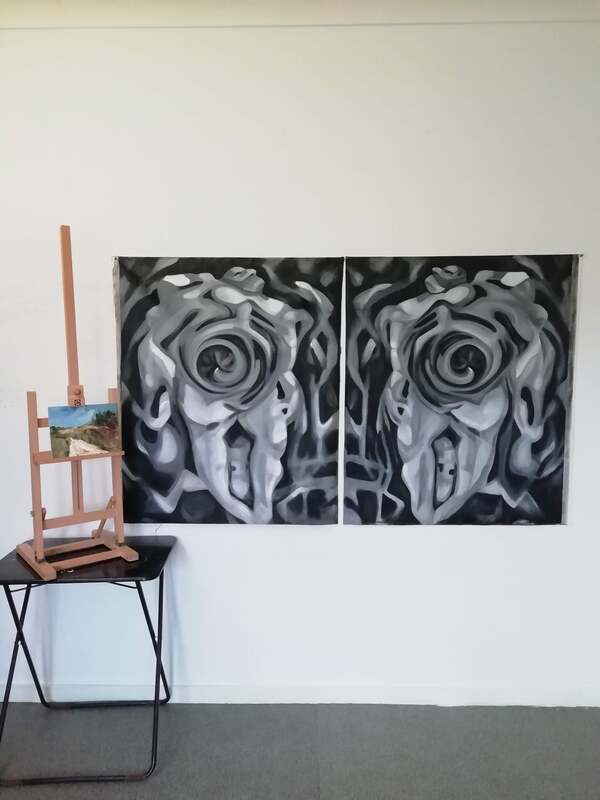
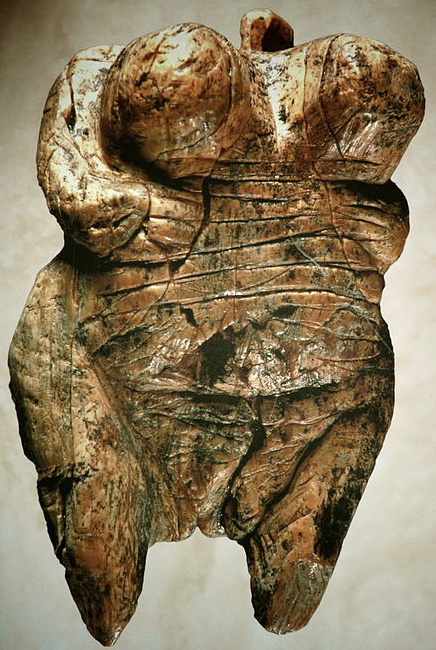
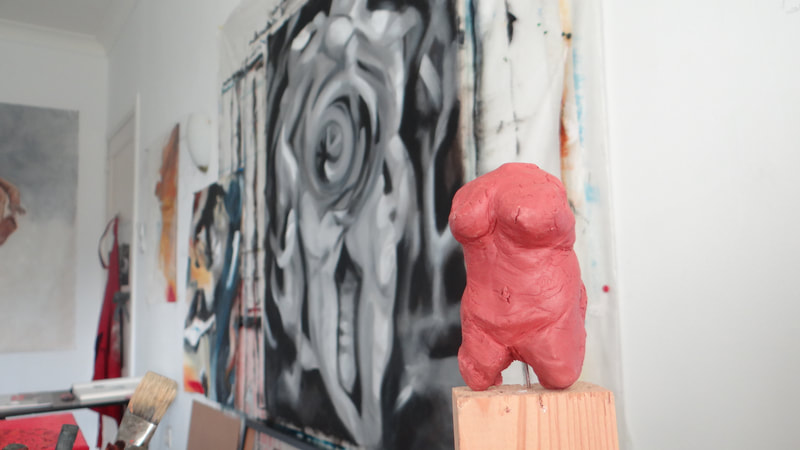
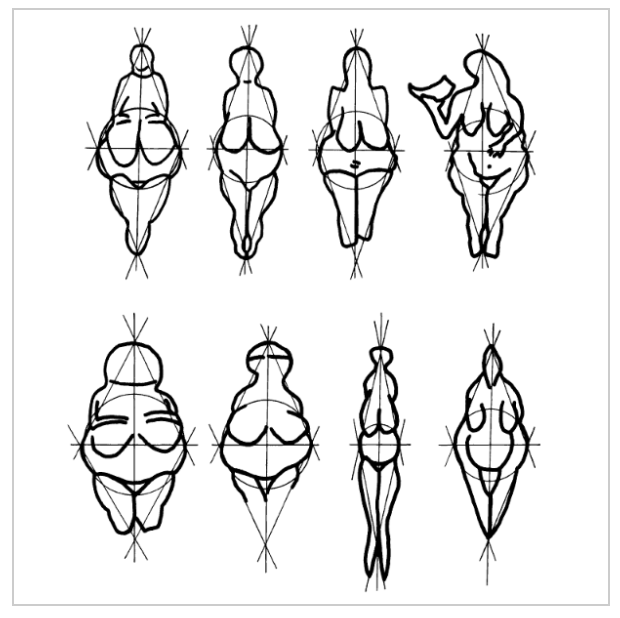
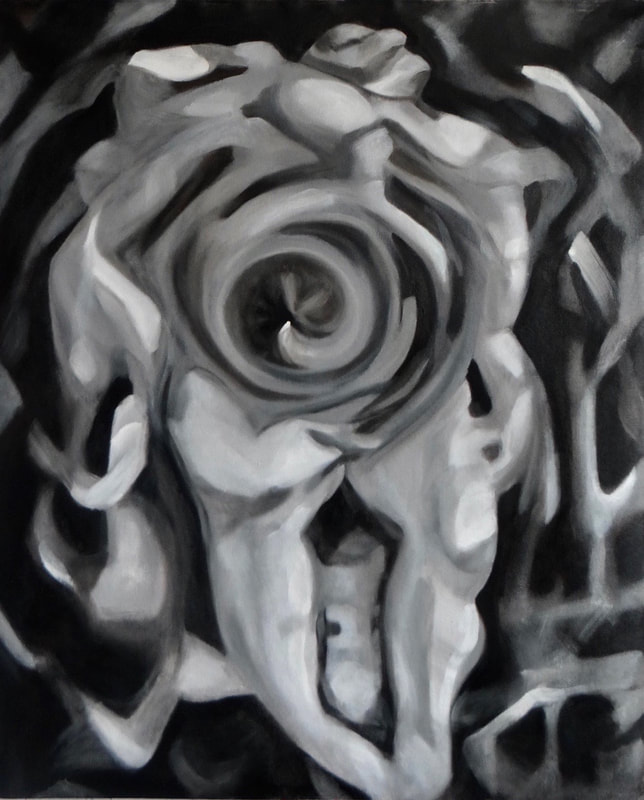
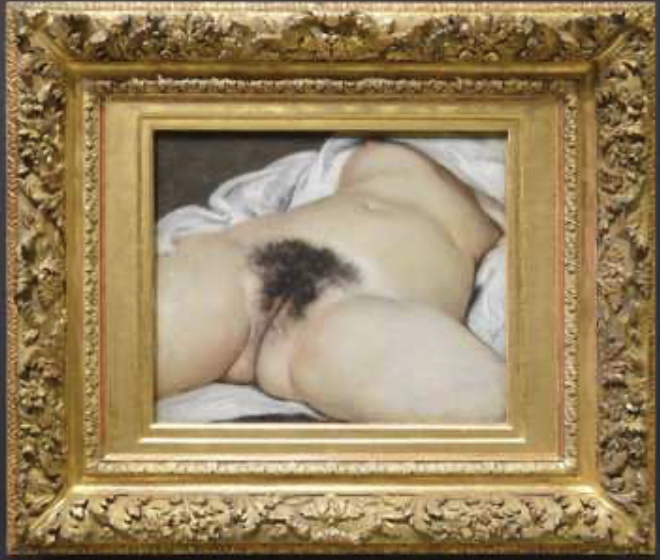
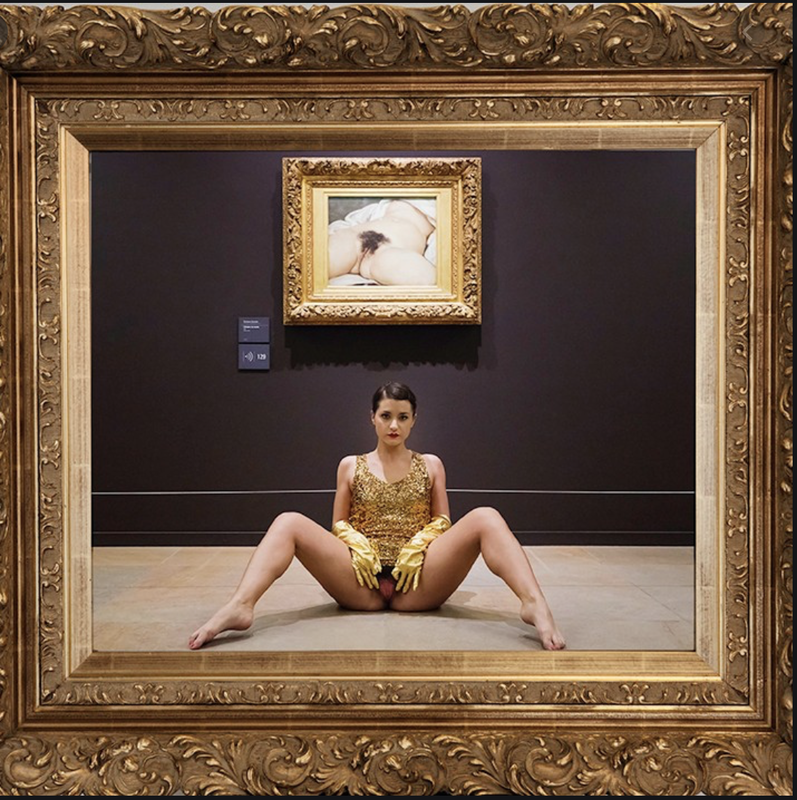
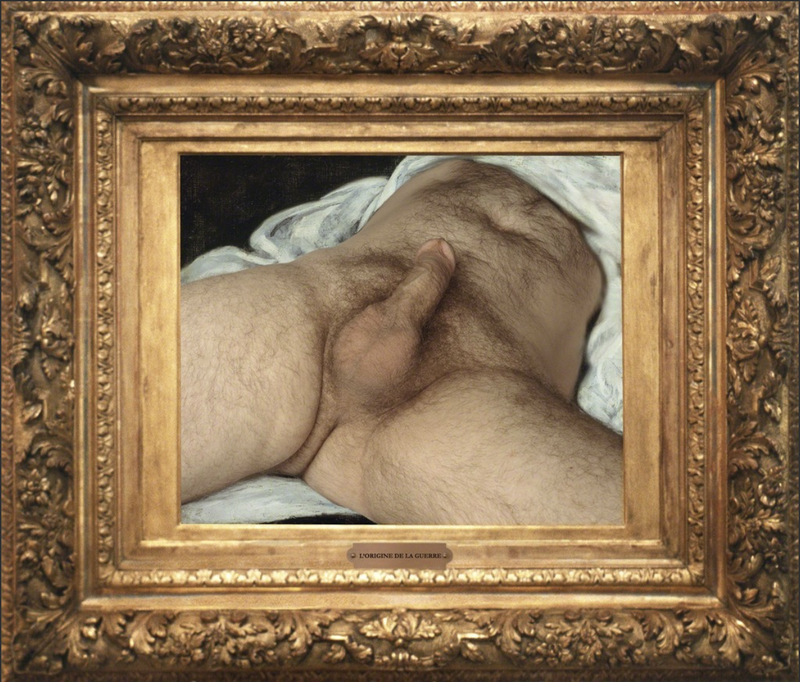
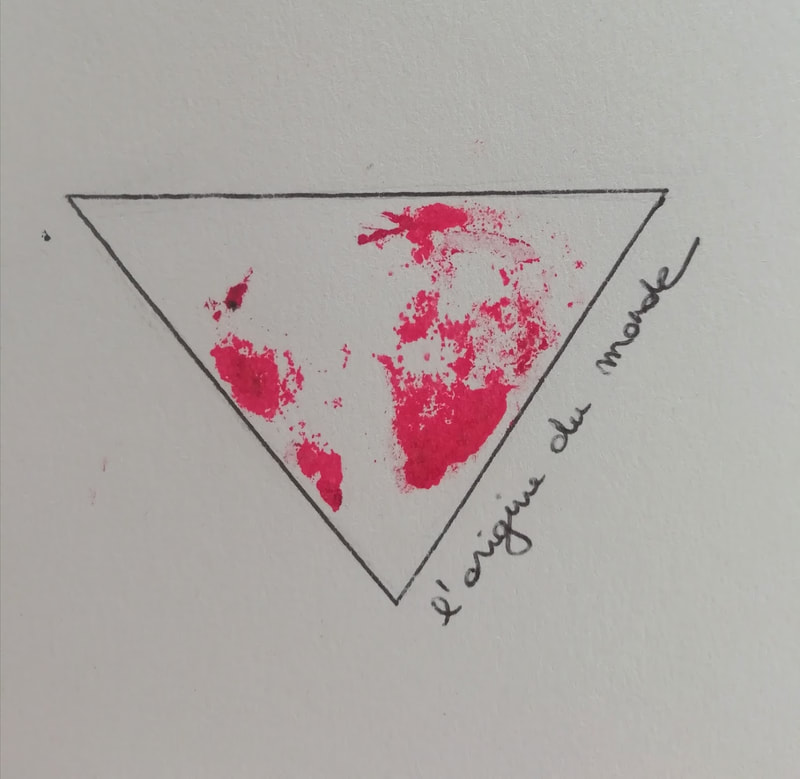
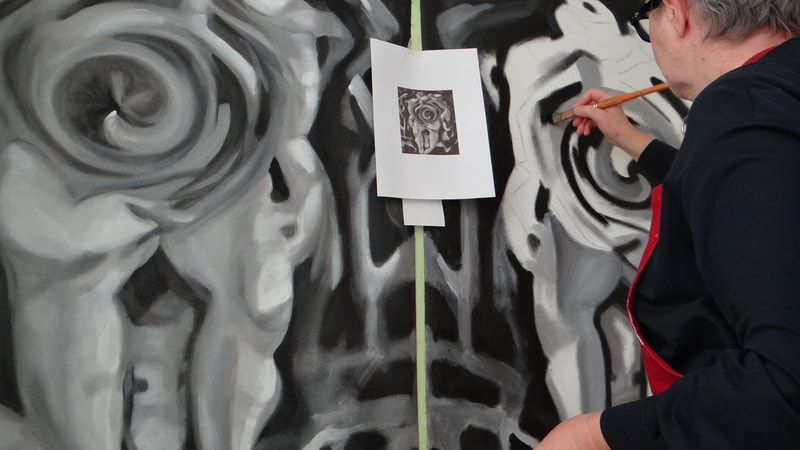
 RSS Feed
RSS Feed